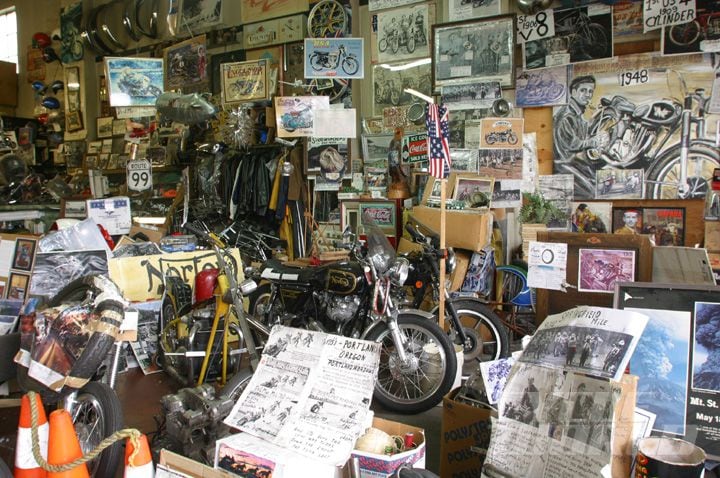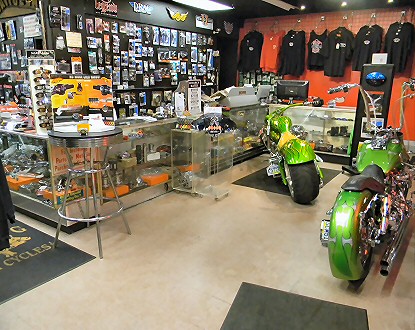Find Competitive Costs on Motocross Parts NZ for every single Bike
Find Competitive Costs on Motocross Parts NZ for every single Bike
Blog Article
Understanding Bike Gears: Just How to Optimize Your Riding Experience
In the world of motorcycling, mastering the art of gear control is vital for boosting your riding efficiency. Properly comprehending and making use of motorcycle gears can dramatically influence fuel, control, and velocity efficiency, transforming a typical trip right into a seamless, electrifying trip. By including exact change timing and adapting equipment choice to different road problems, cyclists can make sure optimal engine efficiency and security. The nuances of clutch control, throttle coordination, and equipment mechanics beckon a deeper expedition, promising to open the complete potential of your machine. Just how can these techniques be taken advantage of to absolutely enhance your riding experience?
Comprehending Equipment Mechanics
How do the ins and outs of gear technicians influence bike performance? At the core of motorcycle dynamics, equipment mechanics play a pivotal duty in transforming engine power right into movement, inevitably dictating speed and control. Gears, thoroughly crafted elements, enable riders to enhance torque and rate, making sure a seamless shift via different surfaces and speeds. The gear ratios, thoroughly created, determine the relationship in between engine revolutions and wheel turns, impacting acceleration and gas effectiveness.
Understanding equipment mechanics starts with recognizing the value of the transmission, which houses several gears of differing dimensions. These equipments interact with a process known as meshing, where teeth of different equipments engage to transmit power.
Moreover, the idea of gear changing is integral to making best use of performance. Timely and smooth changes ensure that the engine runs within its ideal power band, protecting against unnecessary stress and improving long life (motocross gear). By understanding these mechanical details, cyclists can attain an unified mix of power, control, and efficiency, raising their riding experience
Timing Your Changes
Change timing mastery is important for maximizing motorcycle performance and enhancing the riding experience. Effectively timed shifts make sure that the engine operates within its ideal power band, which is vital for keeping control, attaining smooth velocity, and guaranteeing the longevity of the motorbike. Bikers need to establish an user-friendly sense of when to move equipments, which entails recognizing the partnership in between engine revolutions per min (RPM) and speed.
To master change timing, pay attention to the engine's sound and feel, as these provide important ideas concerning when to change gears. The suitable change point usually occurs when the engine comes close to the upper series of its power band without reaching the redline. Changing prematurely can lead to an absence of power, while changing far too late may trigger unneeded engine stress
Furthermore, road problems and riding design impact shift timing. In comparison, throughout freeway riding, less changes at higher speeds can be much more ideal.
Enhancing Fuel Performance
While understanding motorbike gears is crucial for efficiency, boosting fuel efficiency is just as vital for both environmental and financial factors. Optimum gas consumption not just minimizes operational costs yet likewise decreases the ecological impact of riding. To achieve this, one need to recognize the elaborate connection between equipment choice and engine performance.
First of all, picking the ideal equipment at appropriate speeds can significantly affect fuel consumption. Riding in a greater equipment at lower speeds can lead to engine carrying, which is detrimental to both fuel economy and engine health and wellness. Conversely, riding in reduced gears at broadband results in unnecessary fuel usage. Therefore, preserving an optimal balance by shifting equipments abreast with roadway problems and anticipated maneuvers is crucial.
Additionally, routine upkeep plays a crucial role in fuel performance. Making certain that the motorbike is well-tuned, with tidy air filters and effectively important link pumped up tires, can enhance aerodynamics and reduce fuel wastage. Embracing a riding design that welcomes steady acceleration and smooth slowdown can contribute to better gas economic climate.

Strategies for Smooth Transitions
Achieving smooth equipment transitions is essential to boosting the riding experience and guaranteeing the long life of a bike's transmission system. Correct gear shifting not only adds to a seamless adventure however also minimizes wear and tear on the mechanical elements. To master the art of smooth changes, bikers have to concentrate on a few vital strategies.

Second of all, clutch control plays an essential role. Involving and disengaging the clutch smoothly requires technique. The clutch bar should be released progressively, permitting for a smooth transfer of power from the engine to the wheels without creating a shock or abrupt activity.

Adapting to Roadway Problems
Navigating diverse road conditions is an essential skill for any kind of motorcyclist aiming to preserve control and safety and security. his comment is here Whether you're riding on wet surfaces, gravel roadways, or browsing doglegs, your capacity to adjust your gear usage and riding technique is extremely important. Recognizing just how to change your gears properly can considerably affect grip and security, making certain a more secure journey.
In contrast, when riding on gravel or uneven surface, lower equipments are more suitable. Reduced equipments offer far better control and enable you to react more promptly to unexpected modifications in the road surface.
Sharp contours demand accurate equipment monitoring to balance speed and control. go Downshifting prior to getting in a contour can help maintain energy while making certain the bike stays secure throughout the turn. Constant method in different conditions boosts your capacity to respond and anticipate to modifications in roadway structure and incline.
Verdict
Mastering motorcycle gears significantly improves the riding experience by enhancing control, gas, and acceleration effectiveness. Adjusting gear selection to different road conditions, such as utilizing greater equipments on wet surface areas and reduced equipments on gravel, additional improves handling and safety.
Understanding gear auto mechanics starts with acknowledging the value of the gearbox, which houses multiple equipments of differing sizes. These gears connect via a process recognized as meshing, where teeth of various equipments engage to send power (motorcycle shop). Mild modifications to the throttle throughout equipment changes can prevent jerky activities and maintain a constant riding rate
Whether you're riding on wet surface areas, gravel roadways, or browsing sharp turns, your ability to adapt your equipment usage and riding method is extremely important. Adapting gear option to various road conditions, such as making use of greater equipments on wet surfaces and lower gears on gravel, more improves handling and security.
Report this page